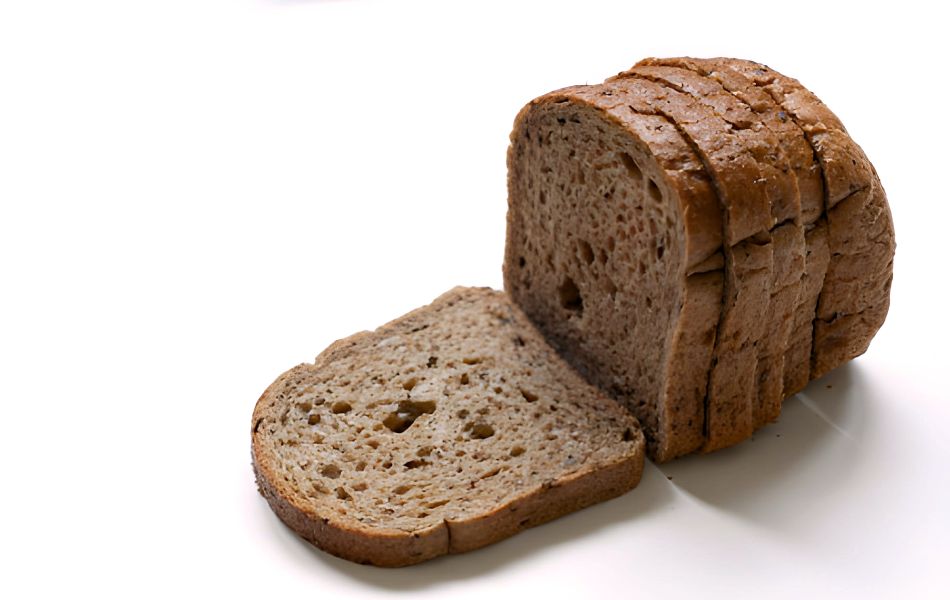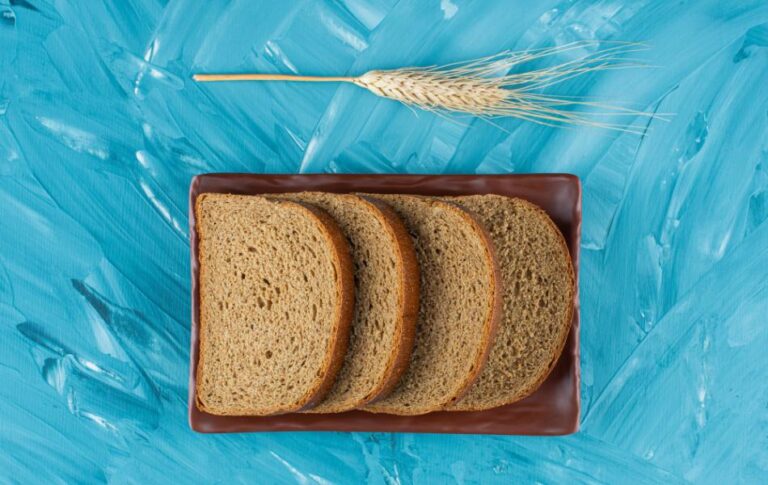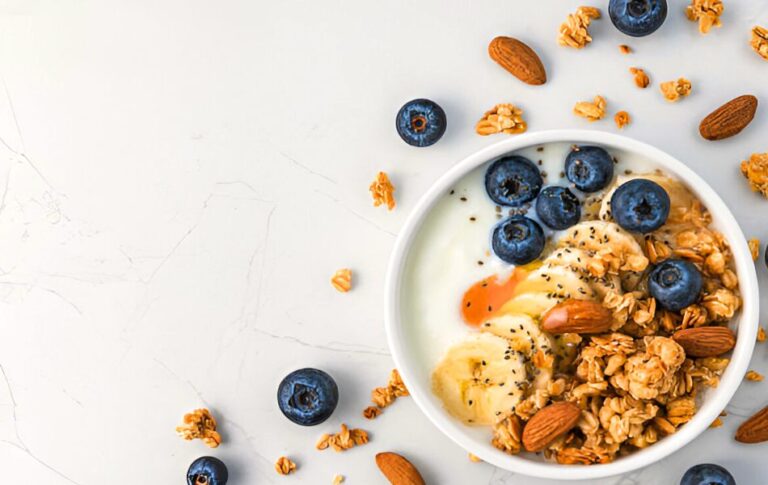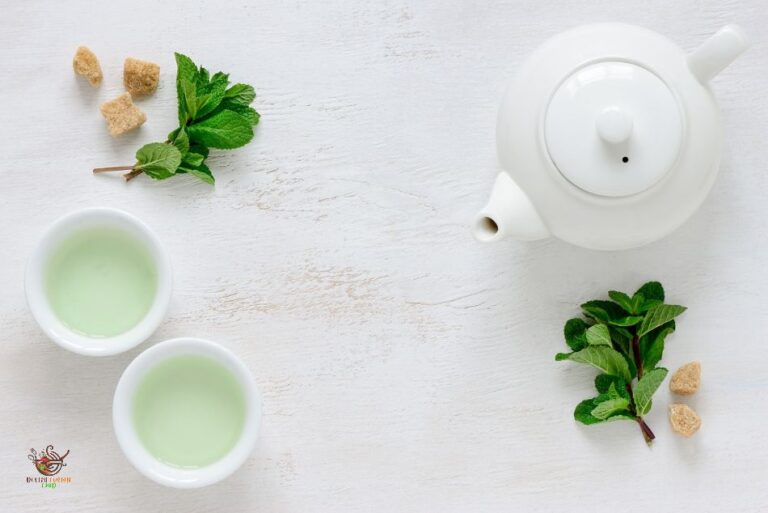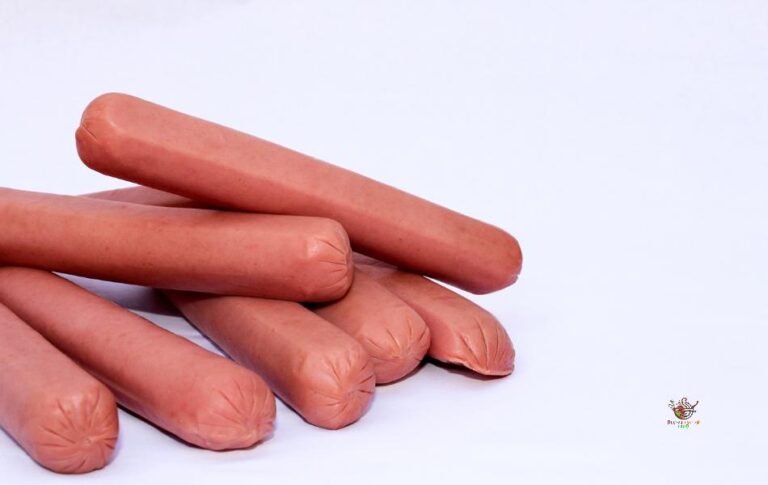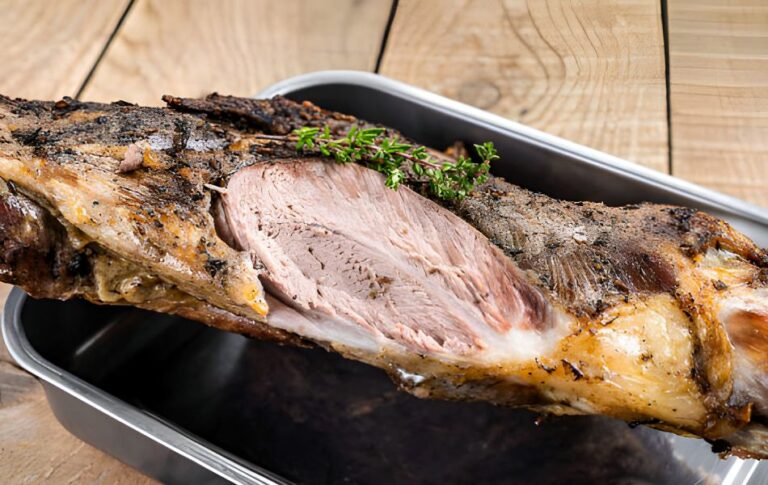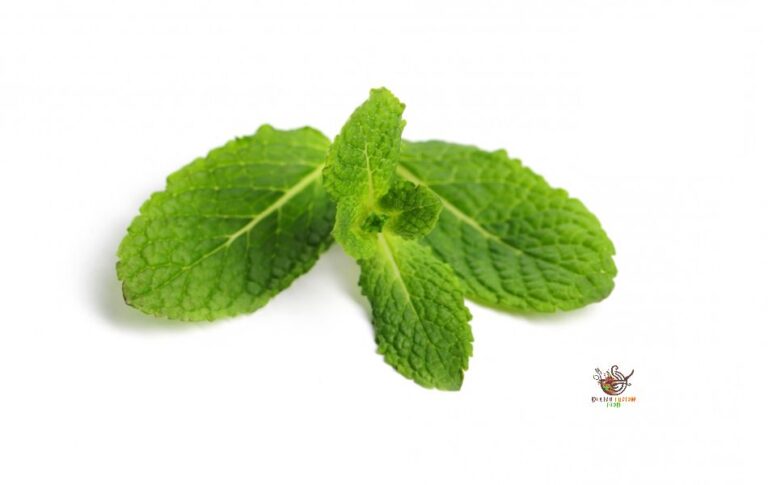Is Multigrain Bread Healthy? The Ultimate Guide to Choosing the Best Loaf
Walking down the bread aisle feels like a quiz sometimes, doesn’t it? So many choices. Brown, white, seeded, and then you see “multigrain.” It sounds so wholesome. You pick it up, feeling good about your choice. But a little question pops into your head: Is multigrain bread healthy, for real?
I’ve asked myself this exact question. As someone who loves a good, hearty slice of toast, I needed to know the truth. For years, I grabbed the multigrain loaf assuming it was the best choice. Let’s slice into this topic together. I will show you how to find a loaf of bread that truly nourishes you.
What Exactly is Multigrain Bread?
First, let’s clear up what “multigrain” actually means. The name tells you it contains more than one type of grain. This could be a mix of wheat, oats, barley, or quinoa. The variety sounds impressive and adds a wonderful texture.
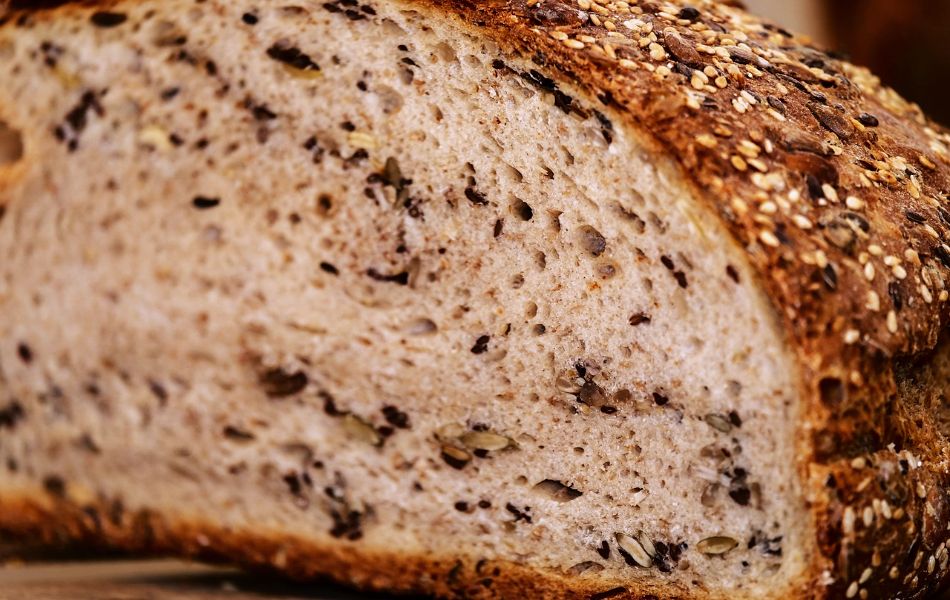
Here’s the important part. Multigrain does not automatically mean whole grain. The grains in your loaf might be refined. This means the most nutritious parts of the grain, the bran and the germ, were stripped away. You are left with just the starchy endosperm.
The Whole Grain Difference
When we talk about nutritious bread, what we’re usually looking for is “whole grain.” A whole grain includes all three parts of the grain kernel: the bran, the germ, and the endosperm. When you eat whole grains, you get the complete package of nutrients. This is why breads made with 100% whole grains are a fantastic source of fiber.
So, a multigrain bread can be incredibly healthy if it’s made with 100% whole grains. It can also be not much better than white bread if it’s made with refined grains. The key is to become a label detective.
How to Choose the Healthiest Multigrain Bread
Not all multigrain bread is created equal. To make sure you’re picking the healthiest option, focus on the ingredients, not the pretty packaging.
1. Read the Ingredient List
- Look for whole grains first: The first ingredient should be “100% whole wheat,” “whole grain,” or other whole grains like oats, barley, or quinoa. This ensures you’re getting the full nutritional package.
- Avoid refined flour: If “enriched flour” is listed first, put that loaf back. It’s refined and stripped of most of its nutrients.
2. Check the Fiber Content
A fiber-rich bread is a good sign. Fiber keeps you feeling full longer and aids digestion. Try to include a minimum of 3 grams of fiber in each slice. This information is right there on the nutrition facts panel.
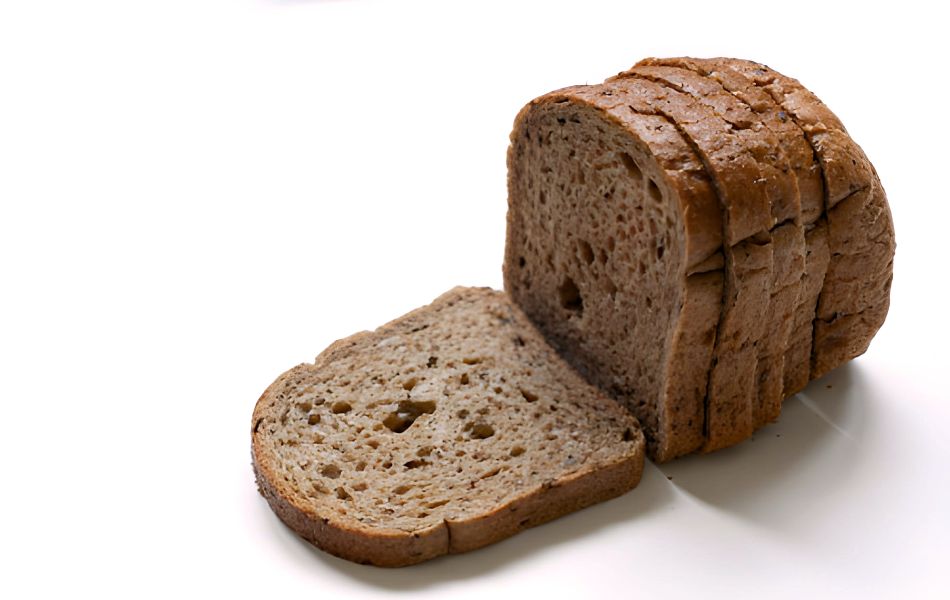
I once grabbed a beautiful-looking multigrain loaf. It was dark and covered in oats. Later, I checked the ingredients. The first one was “enriched wheat flour.” The color came from molasses. It was a good lesson that the color of the bread doesn’t tell the whole story.
3. Watch for Added Sugars
Some multigrain breads have hidden sugars. Look for loaves with minimal added sugars like high-fructose corn syrup or molasses. The healthiest breads have no more than 3 grams of sugar per slice.
The Health Benefits of Multigrain Bread
When you choose a truly healthy multigrain or whole grain bread, you’re giving your body a nutritional boost. Here are the key benefits:
- Sustained Energy: The complex carbohydrates and fiber in whole grains release energy slowly. This means you avoid the quick spike and crash you get from refined carbs. You feel steady and energized for hours.
- Better Digestion: Fiber is your digestive system’s best friend. It keeps everything moving smoothly and promotes a healthy gut. A diet rich in fiber from sources like whole grain bread can make you feel lighter.
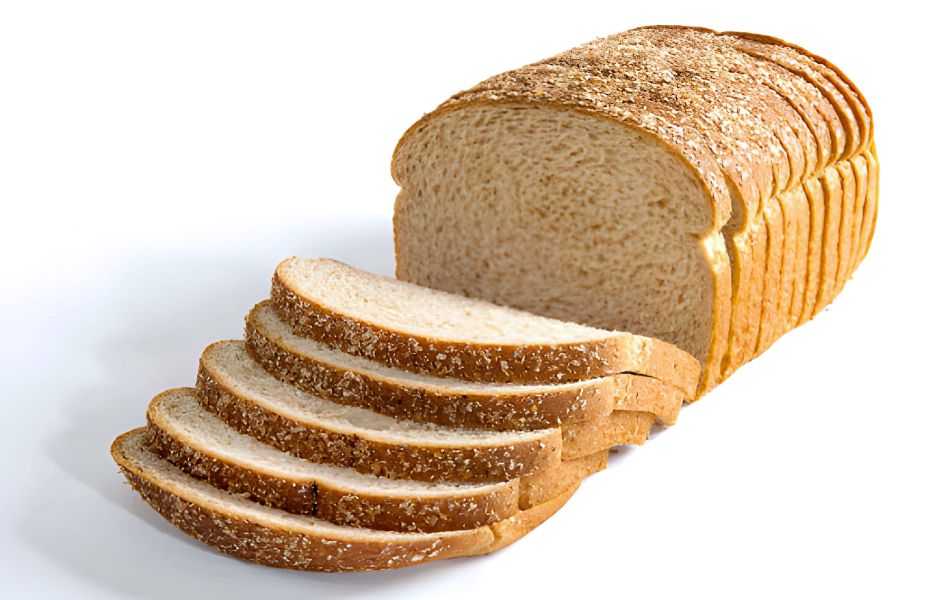
- Heart Health: Whole grains can help lower cholesterol and maintain healthy blood pressure, contributing to better heart health.
- Weight Management: That satisfying, dense texture of a good whole grain bread isn’t just for show. The fiber and protein help you feel full. This can help you manage your weight by reducing the urge to snack between meals.
My Personal Toast Secrets
Once you’ve found the perfect loaf of multigrain bread, it’s time to enjoy it! Here are some creative and delicious ways to elevate your toast:
The Perfect Crunch
I use a skillet for the best toast. Melt a tablespoon of good salted butter over medium heat. Place the bread in the sizzling butter. Cook for 2–3 minutes per side until it is deeply golden brown and crispy. The butter gives it a magnificent crunch no machine can replicate.
Bold, Mouthwatering Toppings
- Avocado Toast: Mash half an avocado with a fork, spread it generously on your toast, and top with salt, red pepper flakes, and a squeeze of lime. Add cilantro for a fresh kick!
- Sweet & Savory: Spread cream cheese on your toast, top with smoked salmon, a grind of black pepper, and a sprinkle of everything bagel seasoning.
- Nut Butter Delight: Spread almond or peanut butter on your toast, layer sliced bananas, and drizzle with honey. Sprinkle chia or flax seeds for extra nutrition.
A Quick Fix for Stale Bread
Bread stales quickly because it loses moisture. Do not store bread in the refrigerator. Cold temperatures can actually cause the bread to go stale more quickly.
Store your bread at room temperature in a bread box or a tightly sealed paper bag. If you cannot finish the loaf in a few days, slice it and freeze it. Pull out slices as you need them. It toasts up beautifully straight from the freezer.
See Also – Is Ezekiel Bread Healthy? A Quick Look
Final Thoughts
So, is multigrain bread healthy? Absolutely, but only if you choose a loaf made from 100% whole grains. By becoming a savvy shopper and reading the labels, you can ensure that your bread is packed with fiber, nutrients, and energy. Say goodbye to refined grains and added sugars, and enjoy all the health benefits that whole grain bread has to offer.
The next time you’re at the store, remember to look for whole grains as the first ingredient, check the fiber content, and watch out for added sugars. Enjoy your healthy, delicious multigrain bread, your body and taste buds will thank you!

